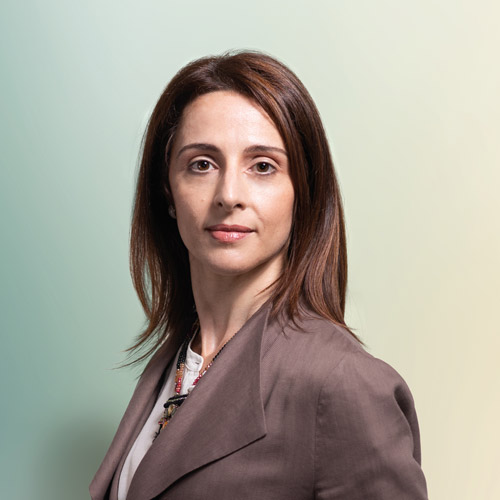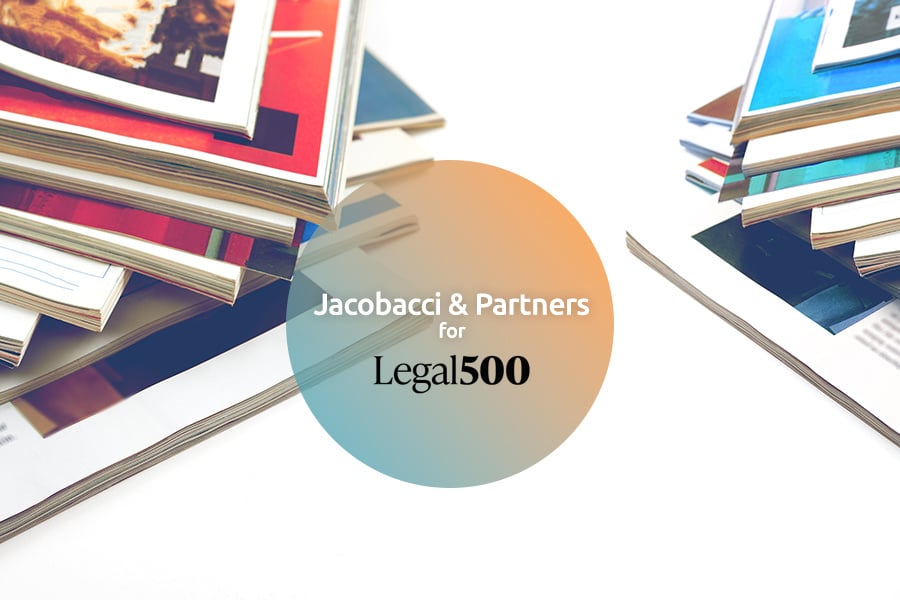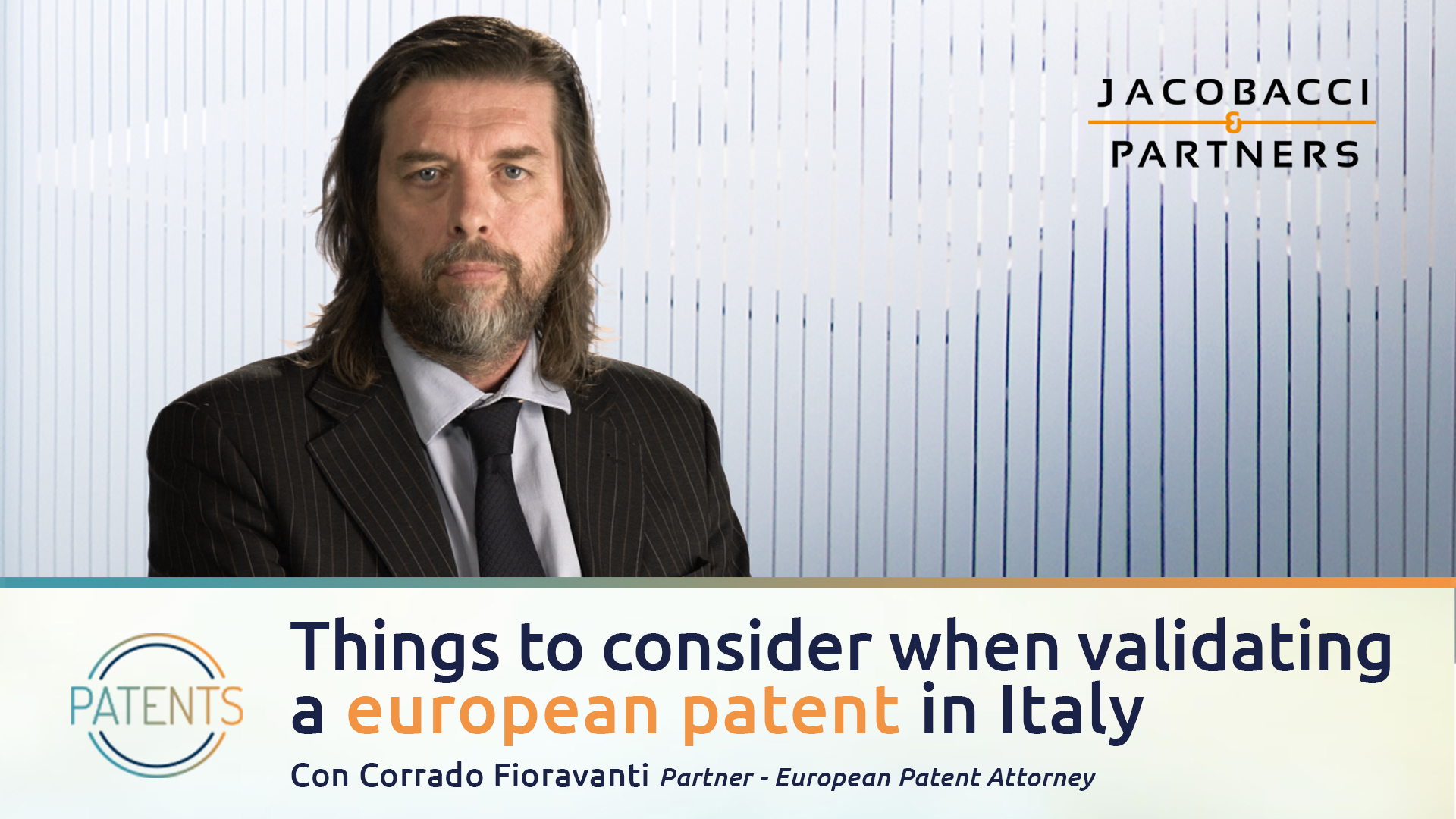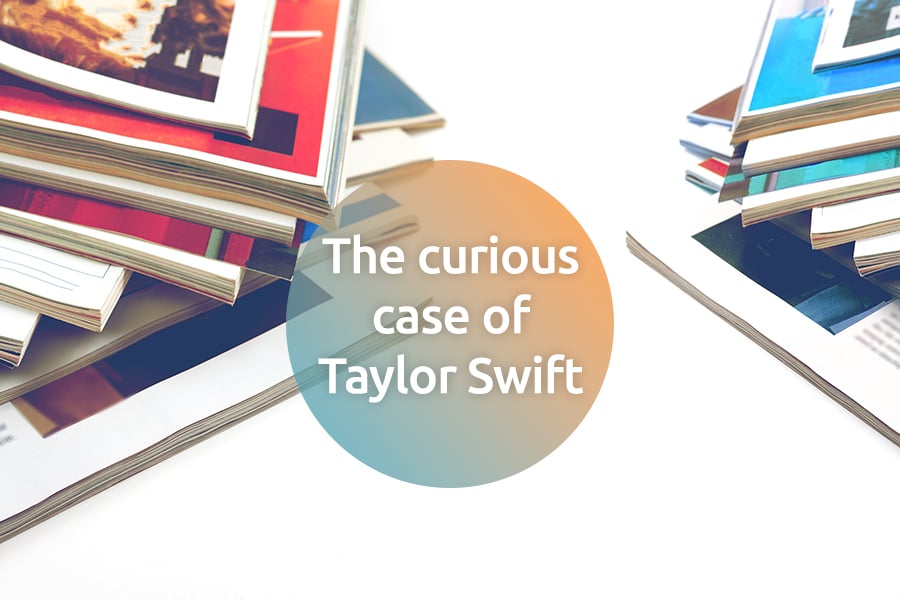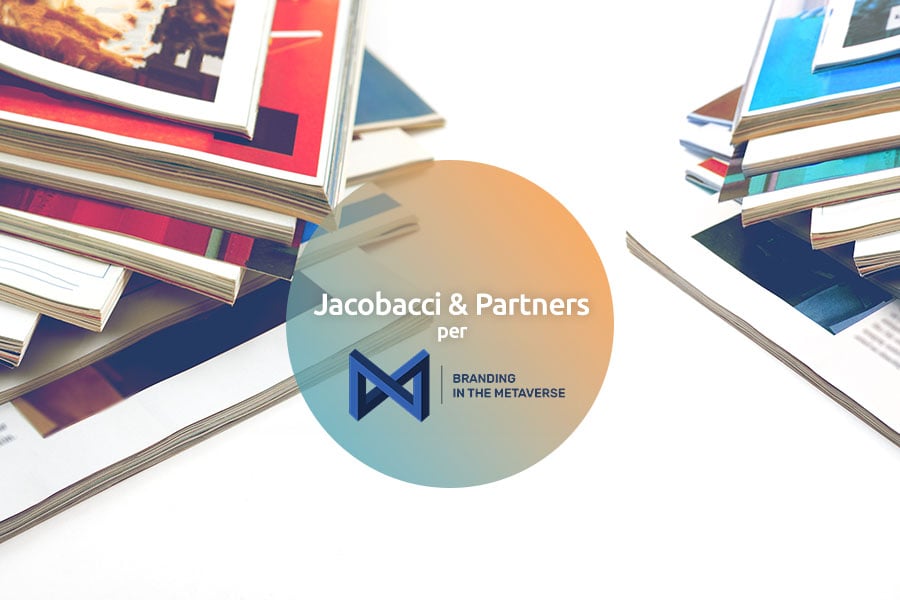Not a day goes by without taIking about innovation, the continuous "evolution" of the worldaround us, and, in its most traditional meaning, in technique Innovation is natural and necessary and, as such, it is recognized and protected. Patent, trademark and design are the best-known tools of the industrial/Intellectual Property. The law clearly caddied them, explaining what may be protected, how, when and even from whom.
As tools, they must be used correctly strategically and with common sense. If the trademark is the element that makes it possible to recognize the origin of the product, the design patent protecs the appearance shapes, profiles, colors or superficial of a product. The case of the utility patent is different: it is based on an invention.
The definition of invention is established by regulations that allow for or sometimes unexpectdIy, deny the protection of ideas that later achieve great commercial success. To tell the truth, the concept of idea" is the first in the list of the excluded ones in manypatent regulations. Therefore we need to delve deeper to understand how the inventor’s creative flair maybe protected, using the right words, the so-called "language of patents ".
In Italy and in Europe we use different words and expressiors from those chosen by the language of patents in the USA. As a matter of fact the interpretation of a patent is the result of the history and culture typical of a country, which differ from one country to another. In the USA the patent must be submitted by the inventor who fills in a form (it is not frue that bureaucracy in the USA does not exist) to assign the rights of the invention to the one who applied for the patent. For an Italian or European patent, this process does not exist, where it is assumed that there is an agreement.
Moreover the Italian and the European offices do not tolerate public disclosure before the patent has been filed. In the USA, on the contrary, the inventor who discloses the invention before applying for the patent is pardoned in some circumstances. In the USA there are various patent applications. Continuation, Continuation-in-part and Provisional; while Divisional application are included also in the Italian and European regulations.
Some procedures are typical of USA design. As we have said before the tools of the lnteIIectual Property, reasonably combined, must be used strategically under the guidance of a qualified and experienced consultant, to betterprotect one’s investment in terms of money time, resources, expectations dedicated to a project. A designer’s creativity and a craftsman's expertise are unique but defending one’s inteIIectuaI property is a clear sign of awareness.
